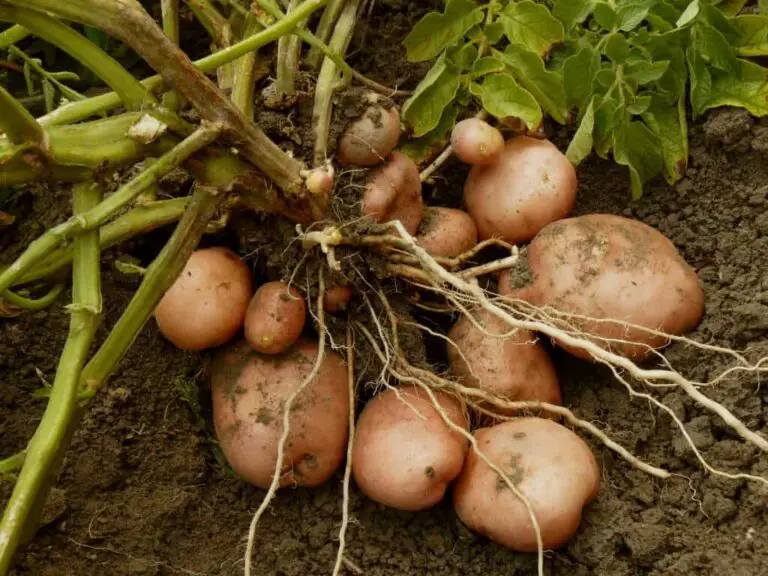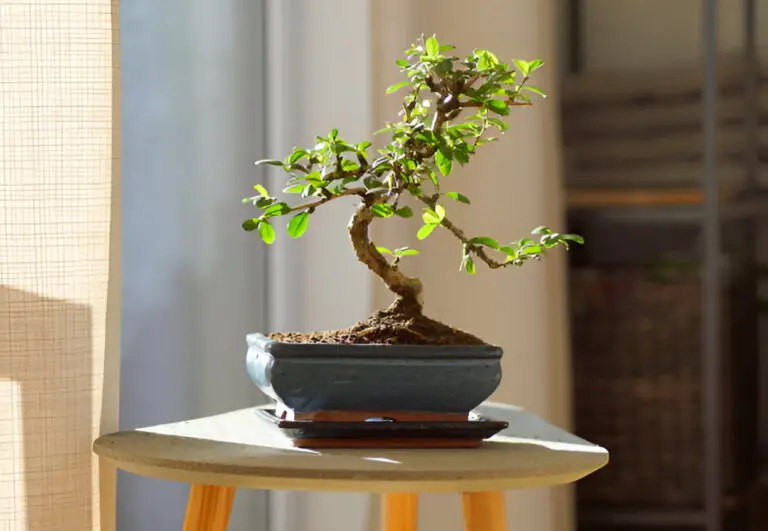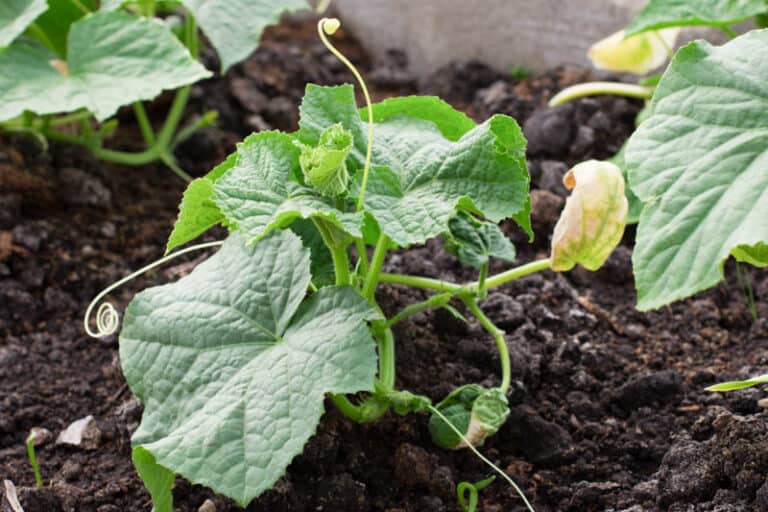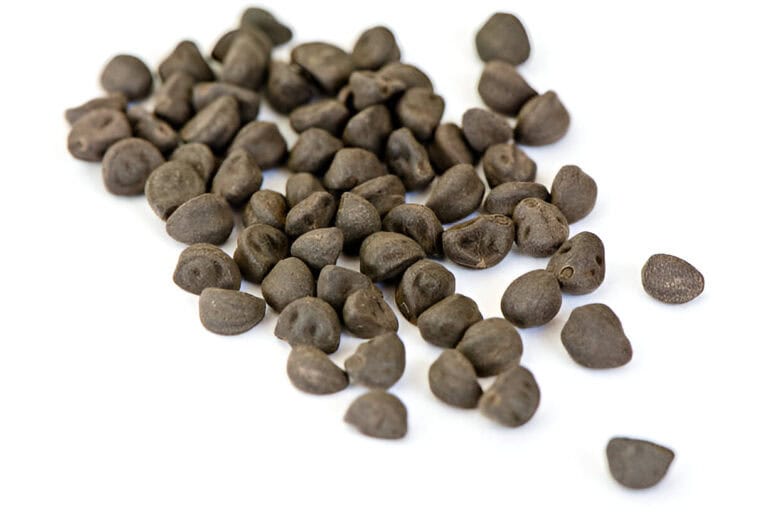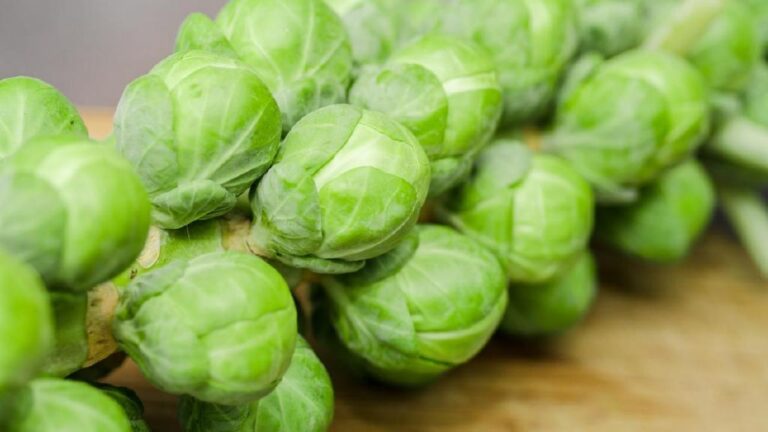How Much Soil Is Needed to Grow Peppers (Depth and Spacing)?
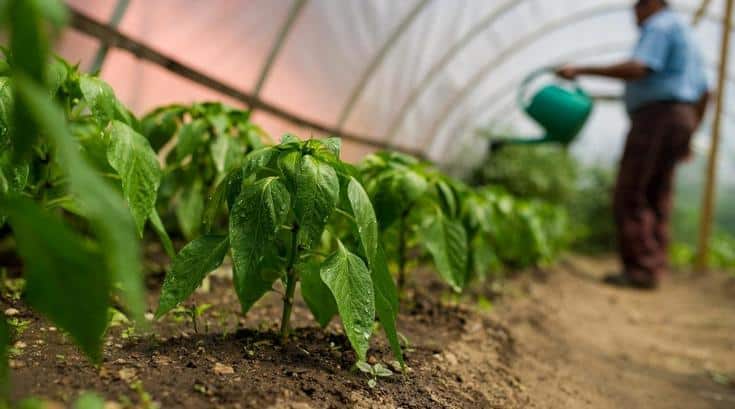
Have you ever wondered if your peppers are getting the right amount of soil? Or why some plants thrive while others struggle despite receiving the same care? Understanding the soil depth and spacing requirements for peppers can unlock the secret to a flourishing garden. This article will delve into the specifics of how much soil you need to grow peppers effectively.
By reading this article, you’ll gain valuable insights into the optimal soil conditions for growing peppers. Whether you’re planting in containers or garden beds, you’ll learn how to provide the best environment for your pepper plants to thrive. With these tips, you can look forward to a lively pepper garden. It will enhance your cooking with homegrown produce.
Growing peppers at home is a rewarding experience for gardeners of all skill levels. Whether you’re a novice or a seasoned gardener. Understanding the soil needs, depth, and spacing for pepper plants is crucial for a good harvest.
Understanding Pepper Plant Basics
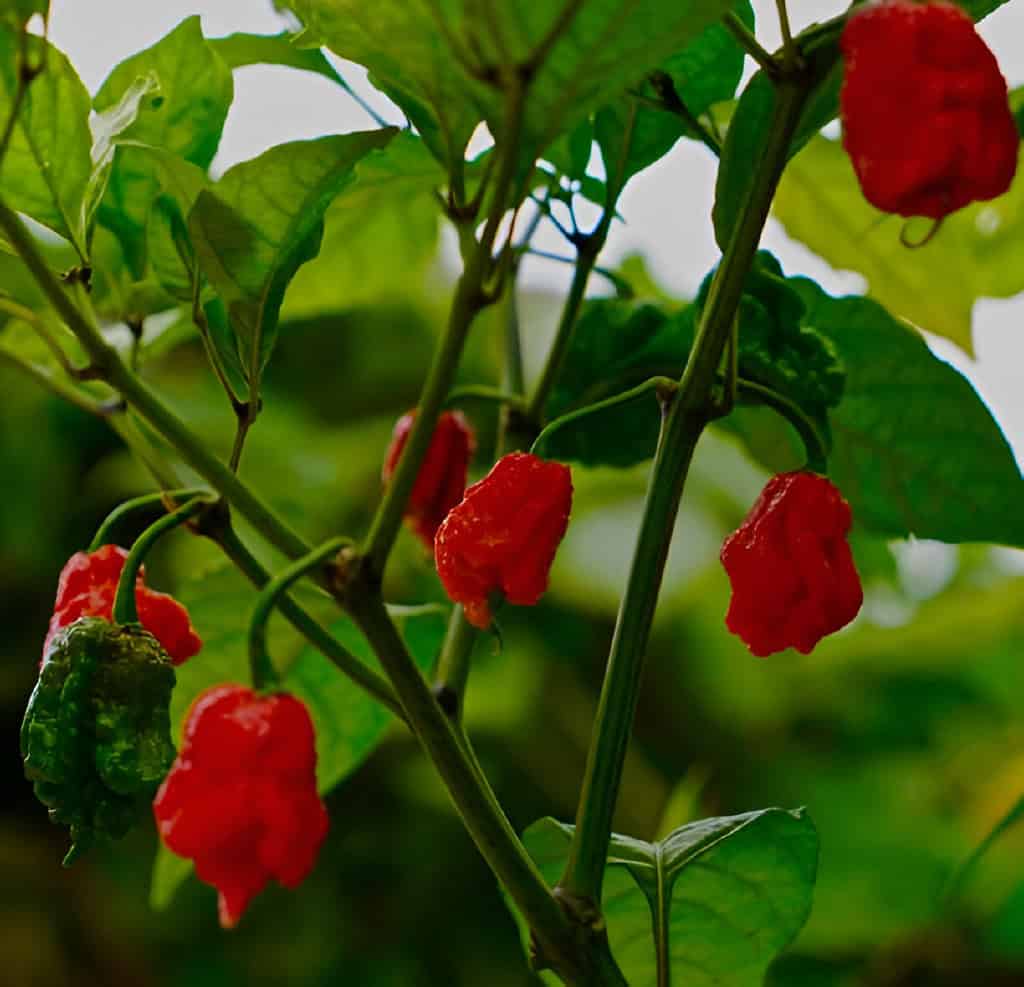
Pepper plants, whether sweet bell peppers or hot chili varieties, have specific needs when it comes to soil depth and spacing. Knowing these requirements will help you create an optimal environment for your plants to flourish.
Types of Peppers
There are various types of peppers, each with unique characteristics and growth habits. Some popular varieties include:
- Bell Peppers: Known for their sweet flavor and crisp texture, they come in a range of colors including green, red, yellow, and orange.
- Jalapeños: These medium-sized peppers are spicy and often used in Mexican cuisine.
- Habaneros: Extremely hot and commonly used in hot sauces.
- Banana Peppers: Mildly spicy and often pickled or used in salads.
Soil Requirements
Peppers thrive in well-draining soil with a pH level between 6.0 and 7.0. The soil should be rich in organic matter to provide essential nutrients.
How Much Soil Do Peppers Need?
The amount of soil needed for growing peppers primarily depends on the depth and volume of the container or garden bed. Here’s a detailed look at the soil requirements for different growing conditions.
Container Growing
If you’re growing peppers in containers, the depth and size of the container are critical. Peppers have a relatively shallow root system but still need adequate space to grow.
- Container Depth: At least 12 inches deep. This depth allows enough room for the roots to expand and access nutrients.
- Container Volume: A container with a capacity of at least 3-5 gallons per plant is ideal. Larger containers can support multiple plants, but ensure they are not overcrowded.
Garden Bed Growing
When planting peppers in a garden bed, the soil depth and spacing are equally important.
- Soil Depth: Ensure the garden bed has at least 12 inches of loose, well-draining soil.
- Raised Beds: If using raised beds, a depth of 12-18 inches is recommended to provide ample root space.
Proper Spacing for Pepper Plants
Spacing is crucial to ensure each pepper plant receives enough sunlight, air circulation, and nutrients. Crowded plants can lead to poor growth and an increased risk of disease.
Row Spacing
- Between Plants: Space pepper plants 18-24 inches apart. This spacing ensures each plant has enough room to grow and spread.
- Between Rows: Maintain a distance of 24-36 inches between rows. This allows easy access for watering bell peppers, weeding, and harvesting.
Companion Planting
Consider companion planting to maximize space and improve plant health. Good companions for peppers include:
- Basil: Repels pests and enhances flavor.
- Onions: Help deter aphids and other pests.
- Marigolds: Act as natural pest repellents and improve soil health.
Soil Preparation Tips
Preparing your soil correctly can make a significant difference in the health and productivity of your pepper plants. Follow these steps for optimal soil preparation:
- Test Soil pH: Use a soil testing kit to check the pH level. Amend the soil with lime to raise the pH or sulfur to lower it if necessary.
- Add organic matter: Mix in compost or well-rotted manure. This will improve soil structure and fertility.
- Ensure Good Drainage: If your soil is heavy clay, consider adding sand or perlite to enhance drainage.
Watering and Fertilizing Peppers
Proper watering and fertilizing are essential for healthy pepper plants. Here’s how to manage these aspects effectively:
Watering
- Consistency: Keep the soil consistently moist but not waterlogged. Overwatering can lead to root rot.
- Deep Watering: Water deeply to encourage deep root growth. Aim to water at the base of the plant to avoid wetting the foliage.
Fertilizing
- Balanced Fertilizer: Use a balanced fertilizer with equal parts nitrogen, phosphorus, and potassium. Alternatively, a fertilizer with slightly higher phosphorus content can encourage flowering and fruiting.
- Frequency: Fertilize every 2-4 weeks during the growing season. Follow the manufacturer’s instructions for dosage and application.
Common Pepper Growing Issues
Even with the best care, pepper plants can encounter problems. Here are some common issues and how to address them:
Pests
- Aphids: Small, sap-sucking insects that can weaken plants. Use insecticidal soap or introduce beneficial insects like ladybugs to control them.
- Spider Mites: Tiny pests that cause stippling on leaves. Maintain adequate humidity and use neem oil to manage infestations.
- Cutworms: Larvae that cut down young plants at the soil level. Use collars around seedlings to protect them.
Diseases
- Blossom End Rot: Caused by calcium deficiency, it results in dark, sunken spots on fruits. Ensure consistent watering and use calcium-rich amendments.
- Bacterial Spot: Presents as dark, water-soaked spots on leaves and fruits. Use disease-resistant varieties and practice crop rotation.
- Powdery Mildew: Appears as white, powdery growth on leaves. Improve air circulation and use fungicidal sprays if necessary.
Harvesting and Storage Peppers
Knowing when and how to harvest peppers can impact their flavor and storage life. Follow these tips for optimal results:
Harvesting
- Timing: Harvest peppers when they reach their full size and desired multi color bell peppers. For bell peppers, this is usually when they turn red, yellow, or orange. Hot peppers can be harvested green or when fully mature and colored.
- Technique: Use sharp scissors or pruners to cut the peppers from the plant, leaving a short stem attached. Avoid pulling the fruit, as this can damage the plant.
Storage
- Fresh Storage: Store harvested peppers in the refrigerator. They can last up to two weeks when kept at temperatures between 45-50°F.
- Freezing: For longer storage, freeze peppers. Wash, dry, and cut them into desired sizes before placing them in airtight containers or freezer bags.
- Drying: Drying hot peppers is an excellent way to preserve them. Use a dehydrator or hang them in a well-ventilated area.
Conclusion
Growing peppers can be a rewarding and enjoyable experience, provided you give them the right amount of soil, proper spacing, and care. Understanding the specific needs of pepper plants, from soil depth to spacing, will set you up for a successful and bountiful harvest. Follow the tips in this article. They’ll help you grow fresh, homegrown peppers. The peppers will add flavor and color to your meals. Happy gardening!


